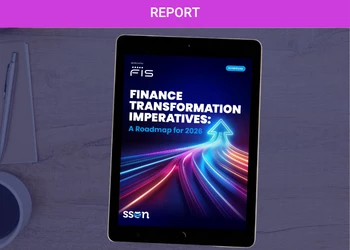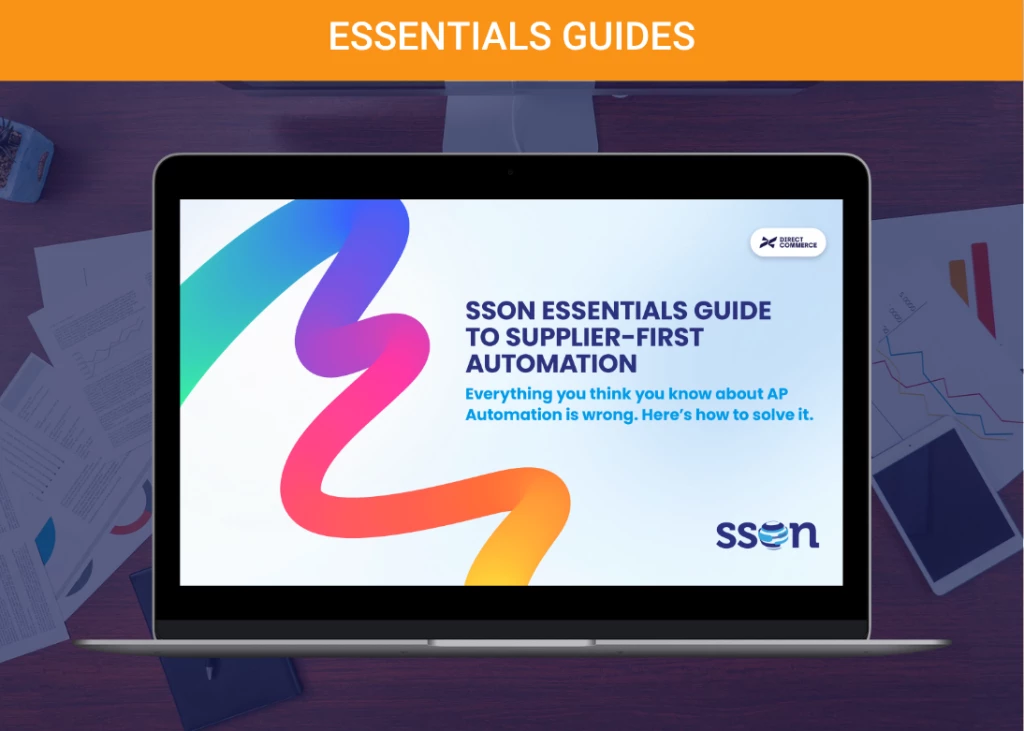Is Your ITFM Keeping Up With The Digital Revolution?
Add bookmark
It is no secret that the shared services industry has experienced an unprecedented digital revolution in the 21st century. From automation to AI, organizations have access to an abundance of technology. This has transformed how businesses tackle optimizing their business processes.
However, the digital age presents its own challenges. Many organizations, in an attempt to keep up with technological advancements, have faced escalating IT costs. This reflects a broader trend in the industry, as evidenced from the CFO 2023 Outlook Survey, where 64% of CFOs planned to moderately increase technology spending. 11% of respondents planned to drastically increase their technology budget.
Costs are not the only issue. Poor IT Management can lead to bad data, which seriously impacts decision-making. In 2017, it was estimated poor data costs firms 15-25% of their annual revenue. This continues to be an issue. As Gartner noted in 2021, poor data quality costs businesses $12.9 million a year on average.
This leaves businesses in a difficult position. Maintaining such significant costs can be detrimental to organizations, yet investing in technology enables them to stay competitive in the market. In fact, the SSON’s State of The Shared Services & Outsourcing Industry Global Market Report 2023 notes that 85% of SSO/GBS are involved in supporting digital shifts.
With this in mind, businesses need to find a framework of IT Finance Management (ITFM) that aligns with their goals. Monitoring and reviewing the cost of assets such as software, cloud licenses and hardware can alleviate financial pressures without compromising productivity.
Remote Working & Data Breaches
The recent digital revolution has enabled more organizations to adopt new work models. In 2023, 77% of businesses had adopted a compulsory hybrid model. This will likely progress in 2024 as 53% are considering a ‘work from anywhere’ model. Although remote work can improve productivity, staff well-being and make work more accessible for demographics such as working mothers, there are some hidden costs.
For example, data breaches have added severity within organizations that use remote work. They can cost $1 million more than those within organizations that rely less on remote work. Moreover, in 2020, 20% of organizations encountered a data breach due to a remote worker.
Organizations can combat costs related to remote working by utilizing their ITFM to include an added focus on data security. One example would be implementing processes to remove Shadow IT. This is an effective strategy as data shows nearly 7 in 10 organizations are compromised by Shadow IT. Shadow IT is any software or hardware used on an enterprise’s network without the IT department's consent. Although this is often used by employees for added productivity or convenience, this can make networks vulnerable to hackers.
Using remote monitoring and management (RMM) can give IT departments greater visibility into Shadow IT. This allows the department to identify unauthorized software and other vulnerabilities. In addition, ongoing reviews of Shadow IT and other tools can improve data security. IT teams can analyse any Shadow IT being used and assess whether to remove it for security purposes or approve it for authorized use. This can increase data security and efficiency, as IT may identify a pattern in Shadow IT being used.
Although remote work can come with technology-related added costs, it is important to note that remote work can also reduce costs, when used effectively. Research shows that companies shifting to remote work save up to $10,600 per employee annually. This is due to a range of factors such as real estate, utilities bills and travel costs.
CIO & CFO Collaboration
Another way to enhance ITFM strategies is through added collaboration between the Chief Information Officer (CIO) and Chief Financial Officer (CFO.) Maintaining a culture of transparency through collaboration and communication can help with cost management and make navigating the complex digital landscape easier.
Welela Dawit discusses the importance of a strong relationship between the CIO and the CFO:
“A lot of IT conversations tend to happen only with CIOs, but CFOs have to be involved too. They are the custodians of the investment in resources. They need to look at costs as a strategic asset and understand what the organisation’s investments can enable in terms of business value.”
With more and more shared services leaders, leading digital transformation within an organization, it makes sense that they too, become involved in IT Financial Management. IT costs should be continuously reviewed and expanded upon, reflecting the ever-changing digital landscape. An ongoing dialogue between the CIO, CFO and Shared Service Leader will allow a more accurate examination of these costs, from both a technical and investment perspective. Gartner conducted a study which noted that over half of CFOs understand their most senior IT executive lacks knowledge in how technology impacts finance.
A mutual understanding of the value drivers of all roles (IT, Finance and GBS) can facilitate collaboration. The CIO will push for implementing and improving IT strategies whereas the CFO oversees financials and budgets. Thus, CIOs need to emphasise to CFOs the value of investing in technology to encourage funding. Inversely, the CFO must discuss appropriate budgets with the CIO to maintain sustainable business costs. The shared service leader, meanwhile, has the advantage of visibility on both, they’re tasked with keeping costs low, whilst still enhancing digital transformation. CFOs, CIOs and shared service leaders can work together on establishing KPIs to measure the success of tech spending to foster this collaborative spirit.
Optimize Your Tech
Finally, ITFM strategies should see technology as a strategic investment rather than just a business expense. Harnessing the power of technology to optimize business processes can help actualize the value of IT costs. This can help lower business costs through more efficient business processes. 97% of CIOs agree that it is crucial to show the value for money that IT provides. Without effective ITFM, organizations may miss opportunities of maximising their ROI through IT investments.
As well as optimizing business processes, technology can play a role in helping an organization remain competitive and provide a better customer and employee experience. From automating repetitive tasks to using data analytics for added visibility, implementing technology to business processes can both reduce costs and increase efficiency within the organization. If you would like to discover more ways to optimize business processes, SSON offer a range of insights on Process Excellence.
An emerging trend in optimizing processes is utilizing AI. A 2023 Tangoe study revealed that companies using AI-enabled tools for FinOps are 53% more likely to save over 20% in costs. The capabilities of AI go far beyond FinOps, however, as it can also be used to monitor employee spending. 73% of businesses report using some form of expense management software, and harnessing the potential of AI could simplify the process. 40% of businesses noted they plan on using AI to predict and protect from unexpected costs. Optimizing business tasks through technology, such as AI, can allow ITFM strategies to reduce business costs and increase visibility to expenses.
As shared services become more technology-enabled and its leaders increasingly take the reins of digital transformation, ITFM will become a vital part of their role. In many ways, it plays into what are already shared services core strengths such as cost saving, data analysis and process optimization, but there are also new skills to master. Many of these skills and ITFM strategies will be discussed at SSON’s ITFM Bootcamp. This will be a part of the Shared Services & Outsourcing Week Conference in Orlando in March 2024.

































